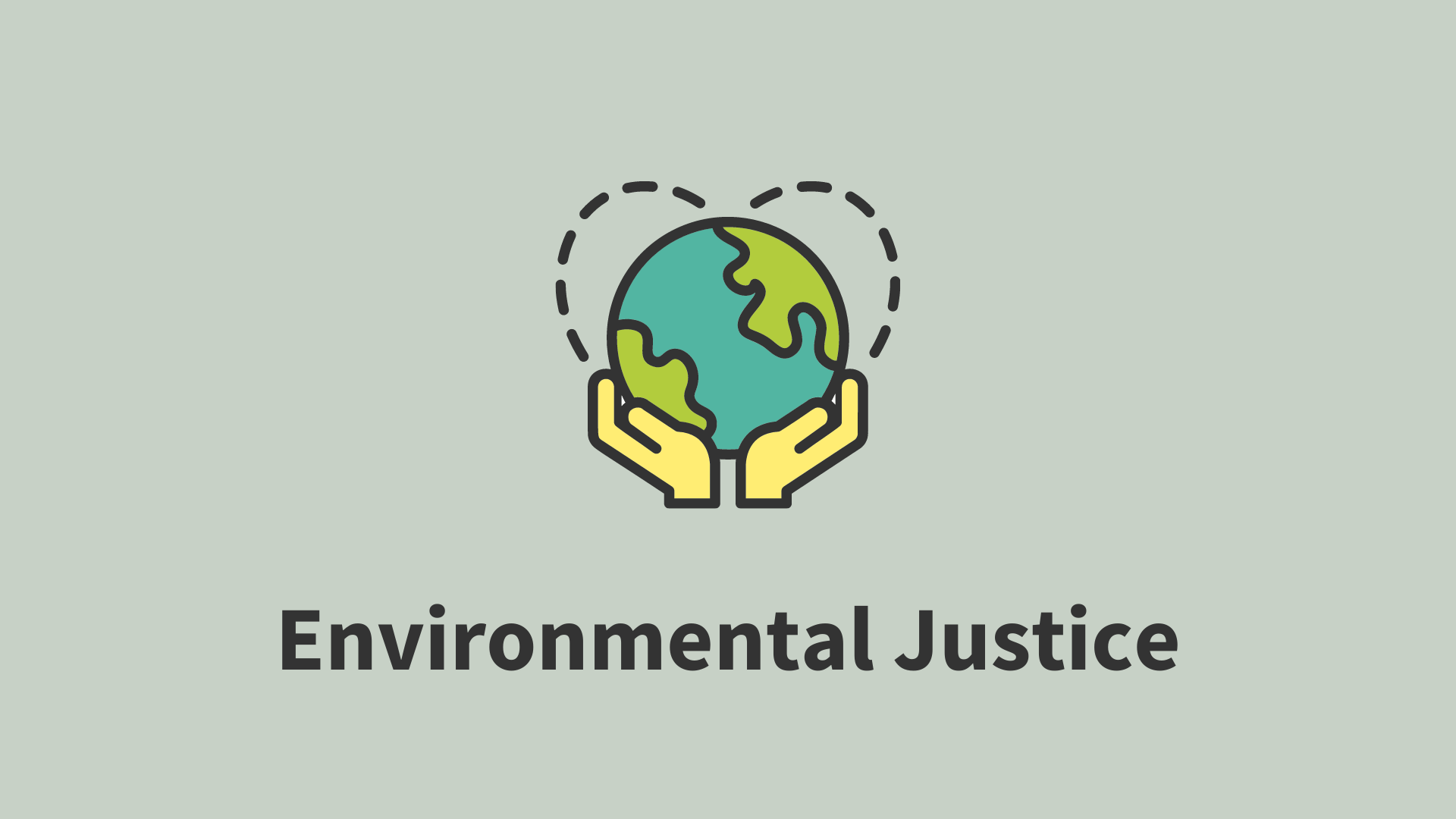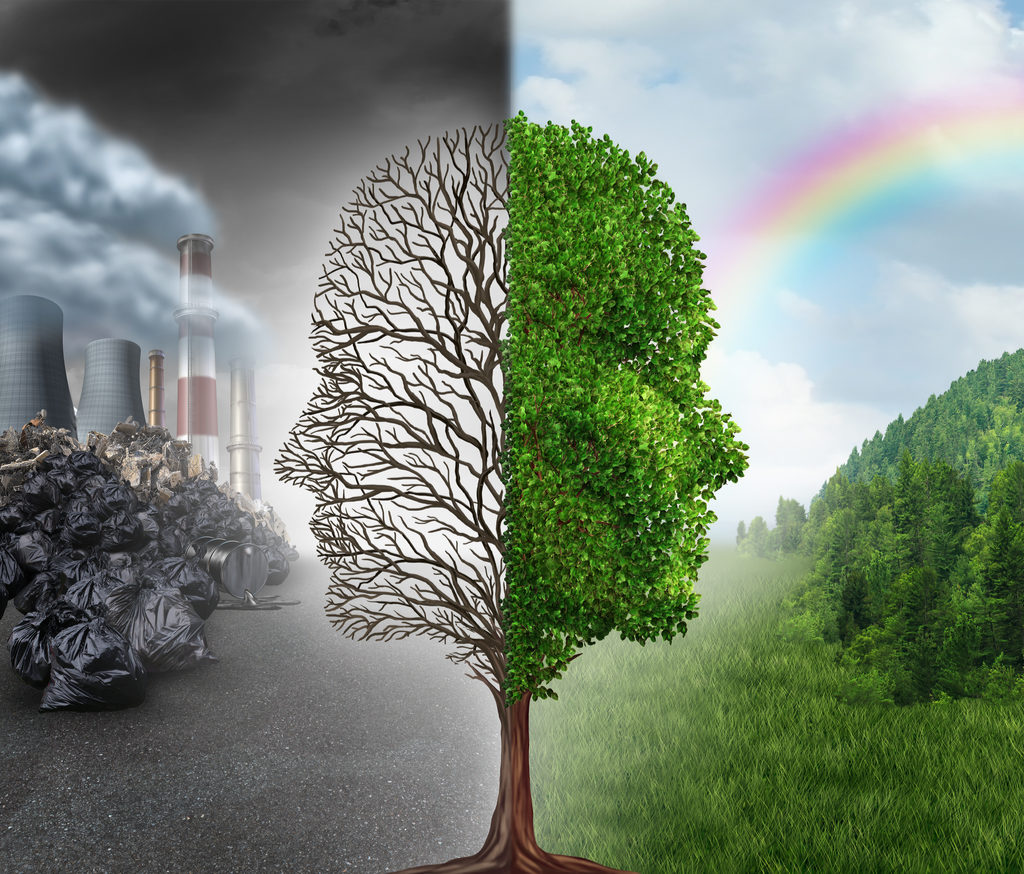
Table of Contents
ToggleWhat is Environmental Justice?
Environmental justice is a framework that seeks to achieve fairness and equity in the distribution of environmental benefits and burdens. It recognizes that certain communities, particularly those composed of low-income individuals and people of color, often face disproportionate exposure to environmental hazards. These communities are more likely to live near industrial facilities, toxic waste sites, and other sources of pollution, which can lead to adverse health outcomes such as respiratory illnesses, cancer, and other diseases.
At its foundation, environmental justice advocates for:
Fair distribution of environmental risks and benefits: Ensuring that no group is unfairly burdened with the negative effects of environmental degradation, while others benefit from cleaner environments.
Equal access to environmental decision-making: Promoting the involvement of marginalized communities in environmental policy-making, resource management, and legal processes.
Community empowerment and participation: Supporting local communities in advocating for their rights to a healthy environment and a sustainable future.
The Key Principles of Environmental Justice
z_valley.com/ is built on several key principles that guide its goals and actions. These principles can help shape policies, community engagement efforts, and broader societal movements toward achieving fairness in environmental practices.
The Right to a Healthy Environment Every person has the right to live in an environment free from pollution and environmental harm. This includes clean air, safe drinking water, and access to green spaces. Environmental justice seeks to ensure that this right is upheld for all communities, particularly those that have historically been marginalized or neglected.
Equitable Distribution of Environmental Burdens Environmental justice demands that the negative impacts of industrial development, waste disposal, and other environmental threats are not disproportionately placed on low-income or minority communities. Policies should be designed to ensure that pollution, hazardous waste, and other environmental harms are shared more equitably across society.
Inclusive Decision-Making Communities most affected by environmental issues should have a voice in the decisions that impact their lives. Environmental justice encourages the inclusion of all people in the decision-making process, particularly those who have historically been excluded from such processes.
Access to Remedy and Protection Environmental justice ensures that all communities have access to legal and policy mechanisms to challenge environmental injustices and seek remedies for violations of environmental rights. This includes the right to public participation in environmental governance, the ability to hold polluters accountable, and access to compensation or relief when harm occurs.
Historical Context of Environmental Justice
The modern environmental justice movement emerged in the United States in the 1980s, though its roots can be traced back much further. Historically, poor communities and communities of color have been disproportionately affected by environmental hazards due to discriminatory practices, including redlining, which prevented marginalized groups from living in areas that were less likely to be polluted or contaminated.
One of the earliest and most notable examples of environmental injustice was the Warren County PCB Landfill protest in North Carolina in 1982. The state government decided to place a toxic waste landfill in a predominantly African American, low-income community. This decision led to widespread protests, with local residents and activists challenging the siting of the landfill on the grounds that it was harmful to both the health of the community and the environment. This event is often seen as the catalyst for the environmental justice movement.
Subsequent studies, such as the 1987 United Church of Christ report, confirmed that hazardous waste facilities were disproportionately located in African American, Latino, and low-income neighborhoods. These findings spurred further advocacy and led to the formation of national organizations dedicated to environmental justice, such as the Environmental Justice Network and The National Environmental Justice Advisory Council (NEJAC).
Environmental Justice and Climate Change
In recent years, the connection between environmental justice and climate change has become increasingly apparent. Climate change disproportionately affects low-income and marginalized communities, who often lack the resources to prepare for or recover from extreme weather events such as hurricanes, floods, and heatwaves. These communities are also more likely to suffer from environmental stressors like air pollution, which can be exacerbated by climate-related events.
For example:
Displacement: Rising sea levels and extreme weather events are forcing many communities, particularly those in coastal areas, to relocate. Communities of color and low-income communities are often the first to be displaced, facing barriers to relocation and inadequate support.
Health Inequities: Communities that are already burdened with pollution may experience exacerbated health problems due to the effects of climate change. For instance, heatwaves can increase the incidence of heat-related illnesses, which are more likely to affect urban areas with limited green spaces and poor air quality.
Addressing climate change through an environmental justice lens means ensuring that vulnerable communities are not left behind in adaptation and mitigation efforts, and that policies are inclusive and fair.
Key Issues in Environmental Justice
Environmental justice intersects with several key social, economic, and environmental issues. These issues often overlap, exacerbating the challenges faced by marginalized communities. Some of the key issues include:
1. Pollution and Toxic Waste
Many communities of color and low-income neighborhoods are situated near industrial facilities, landfills, and toxic waste sites, which expose residents to hazardous chemicals and pollutants. These environmental hazards can lead to serious health conditions, including respiratory problems, cancers, and developmental disorders.
Example: The Flint Water Crisis in Michigan, where residents were exposed to lead-contaminated drinking water, is a prominent example of how environmental injustices can affect marginalized communities. This case highlights the need for equitable access to clean water and safe living conditions.
2. Access to Clean Water and Air
Access to clean water and air is a fundamental human right. However, marginalized communities often face higher levels of air and water pollution. The lack of access to clean water, especially in communities with aging infrastructure, leads to significant public health concerns, including outbreaks of waterborne diseases.
Example: The widespread contamination of water systems in Native American communities and rural areas of the United States demonstrates the ongoing inequities in access to clean water.
3. Land Use and Zoning
Land use and zoning policies can play a significant role in determining where industrial facilities, waste disposal sites, and pollution sources are located. Historically, these decisions have disproportionately affected communities of color and low-income areas, subjecting them to environmental risks that wealthier, predominantly white neighborhoods do not face.
Example: In many urban centers, hazardous waste sites and polluting industries have been concentrated in neighborhoods with large African American or Latino populations, further contributing to environmental disparities.
4. Climate Change and Environmental Justice
The effects of climate change, such as rising sea levels, extreme weather events, and changing agricultural conditions, exacerbate existing environmental and social inequities. Low-income and marginalized communities are the most vulnerable to these impacts and are often the least able to adapt or recover.
Example: The aftermath of Hurricane Katrina in New Orleans highlighted how low-income communities, particularly African American neighborhoods, were disproportionately affected by both the disaster and the inadequate governmental response.
Moving Forward: How to Achieve Environmental Justice
Achieving environmental justice requires a multi-faceted approach that includes policy reform, community empowerment, and increased awareness. Here are some steps that can be taken to promote environmental justice:
1. Advocacy and Public Awareness
Raising awareness about environmental justice issues is critical. Advocacy groups and activists play a central role in highlighting the disproportionate impacts of pollution, climate change, and other environmental injustices on marginalized communities.
Example: Community-based organizations can raise awareness through campaigns, public forums, and legal challenges to highlight environmental issues in their communities and push for policy reforms.
2. Policy and Legal Reforms
Governments must adopt policies that promote equitable environmental practices. This includes creating stronger environmental protections for vulnerable communities, ensuring access to clean water and air, and enforcing regulations that hold polluters accountable.
Example: The Environmental Protection Agency (EPA)’s Environmental Justice Program is an example of government action aimed at addressing the needs of communities facing disproportionate environmental burdens.
3. Inclusive Decision-Making
To create truly equitable environmental policies, communities most affected by environmental issues must have a seat at the table. This means empowering local residents to actively participate in decisions about land use, resource management, and environmental governance.
Example: Encouraging community engagement in environmental impact assessments, development projects, and climate change policies can ensure that the concerns of marginalized groups are addressed.
4. Strengthening Community Resilience
Providing resources and support to vulnerable communities to build their resilience to environmental challenges is key to achieving environmental justice. This includes disaster preparedness, access to climate adaptation resources, and funding for sustainable infrastructure.
Example: Community-driven resilience programs that help neighborhoods prepare for natural disasters, improve local infrastructure, and mitigate the effects of climate change are essential for reducing environmental inequalities.
Conclusion
Environmental justice is a crucial movement for ensuring that all individuals, regardless of their race, income, or social status, have the right to live in a healthy environment and benefit from sustainable resources. By addressing the environmental burdens faced by marginalized communities and promoting equitable policies and practices, we can move closer to a fairer and more sustainable world. As the challenges of climate change and pollution continue to affect communities globally, environmental justice will play an increasingly vital role in shaping a future that is both just and sustainable for all.




